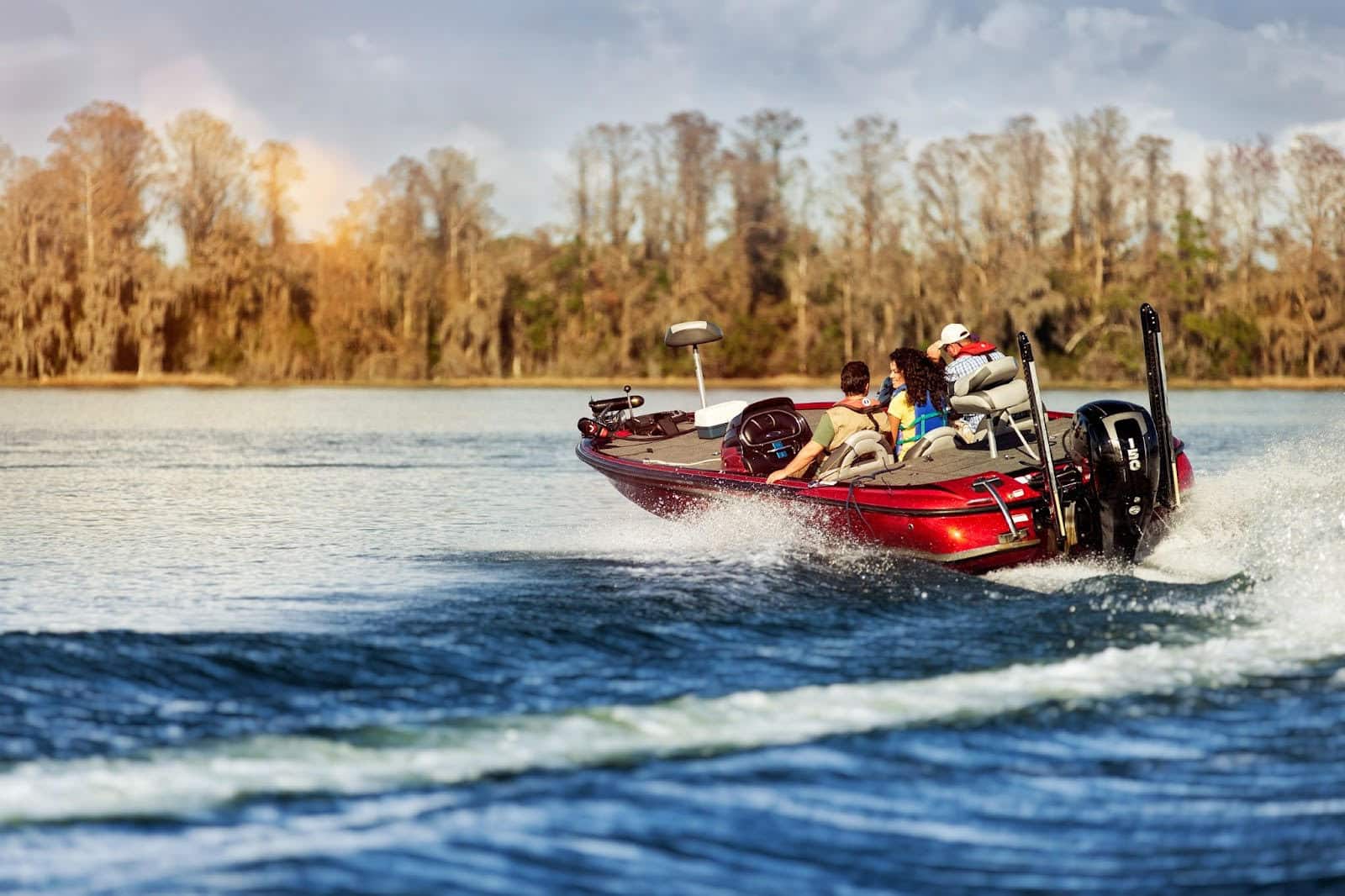Millions of shad stocked in Arkansas lakes to benefit bass and other sport fish
ON 11-13-2019

Nov. 13, 2019
Randy Zellers
Assistant Chief of Communications
LITTLE ROCK — While fall temperatures are driving most anglers indoors or to the deer woods, staff at Arkansas Game and Fish Commission hatcheries throughout the state are still going full bore to improve future fishing conditions for anglers. More than 4 million threadfin shad have been raised in hatchery locations and nursery ponds throughout the year, and most of those shad have been released into Arkansas lakes in the last month.

Threadfin shad are a favorite forage of many game fish such as bass, walleye and crappie. While plentiful in many lakes, these oily morsels can be in short supply if the predator/prey relationship in a body of water is thrown out of balance.
“There is no silver bullet for improving populations of sportfish,” said Ben Batten, AGFC Chief of Fisheries. “All lakes go in cycles, and our role as fisheries managers is to monitor those fluctuations and use the tools that we have to improve things as necessary and where we can.
“We often hear people ask for increased stockings of largemouth bass, crappie and other sport fish, but in truth, most lakes that have good habitat in Arkansas have healthy bass spawns that can produce more fingerling bass in a lake than we could in our entire hatchery system. By stocking threadfin shad in lakes where we believe forage levels are low, we’re trying to help by adding to the food in the lake.”
Raising forage species is not new for AGFC hatcheries. Fathead minnows and golden shiners are raised to feed fish in nursery ponds and occasionally stock in smaller bodies of water. Bluegill and redear sunfish also are raised in hatcheries for anglers but also are important food sources for large predator fish. Shad are a relatively new challenge for the hatcheries to tackle.
“We started production of threadfins in 2016,” said Tommy Laird, AGFC Assistant Chief of Fish Culture. “It’s been a big challenge, but we’re adapting and learning how to be more efficient every year.”

Laird says last winter, hatcheries brought in 775 pounds of shad to use as brood stock to begin this season. By the time the last shad was stocked, more than 4 million fish had been raised to supply lakes throughout the state.
“We stocked shad in lakes as large as Bull Shoals, Greers Ferry and Beaver Lake to as small as Terre Noire Lake on (Rick Evans) Grandview (Prairie) WMA and Mallard Lake near Manilla,” Laird said. “Maumelle, Hinkle, Ashbaugh, Cargile, Barnett, Columbia, Sugarloaf, Lake Charles, Lower Lake Hogue and South Fork Lake on Grandview also saw shad stockings this year. DeGray was our highest priority for any surplus fish we produced as well.”
Highland impoundments such as Beaver, Maumelle and Greers Ferry can be very infertile, which causes slow growth rates in fish. The boost to the food chain through the stockings can help those lakes.
“Not only do we want to put these shad out as food, which is helpful, but the hope is that more importantly, the fish that survive will act as broodstock,” Batten said. “That will increase the next generation of shad during the next spawning cycle.”
The last of the shad stockings was completed last Friday, just as Old Man Winter announced his first arrival into the state with some frosty mornings.
“We worked very hard to get all of the shad out of our ponds and to their destinations before the freezing weather,” Laird said. “Shad are delicate and can be very susceptible to extreme temperatures. We wait until cooler weather to transport them because they can’t stand extreme heat, but we have to get them moved before the cold catches up to us and adds stress that can kill them.”
Laird says staff also kept hundreds of pounds of adult shad in outdoor ponds or in tanks indoors to be used for next year’s production.
“If we can keep them in the outdoor ponds, they actually have a better survival rate if we don’t get too hard of a freeze,” Laird said. “But we also bring some inside to overwinter. The additional handling decreases survival, but it’s good insurance against a hard freeze on the ponds that could kill the shad stored outside.”
Recent News

Watch your wake
Jul. 2, 2025
Subscribe to Our Weekly Newsletter E-mails
Don’t miss another issue. Sign up now to receive the AGFC Wildlife Weekly Newsletter in your mailbox every Wednesday afternoon (Waterfowl Reports are published weekly during waterfowl season and periodically outside the season). Fishing Reports arrive on Thursdays. Fill in the following fields and hit submit. Thanks, and welcome!

